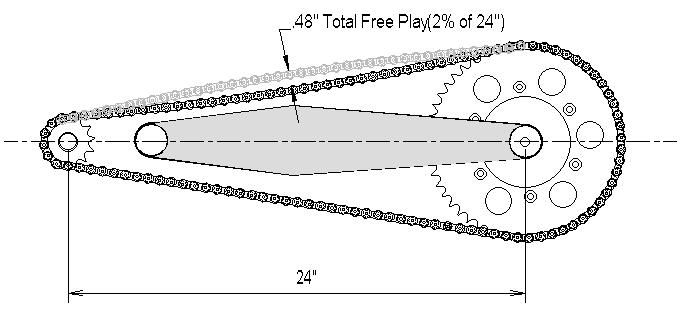b_rubenstein
New Member
...I compress the swingarm with a rachet strap so that its pivot center is perfectly in line with both sprocket centers and judge my chain slack there where the chain will be at its tightest...
This is the appropriate starting point for establishing chain tension. The bike would then be placed on the side and/or center stand and measure the chain slack. Rider, or load weight is irrelevant, because it ignores dynamic suspension compression while transversing large bumps or dips.
What winds up in manuals may, or may not, be what engineers determined. There's a long chain of translations, tech-pub writes and proof readers that exists in creating manuals.




